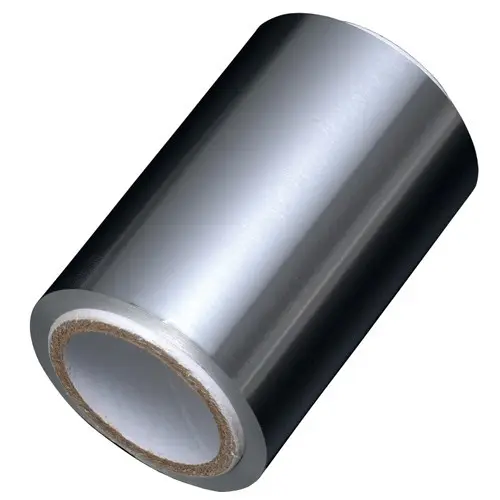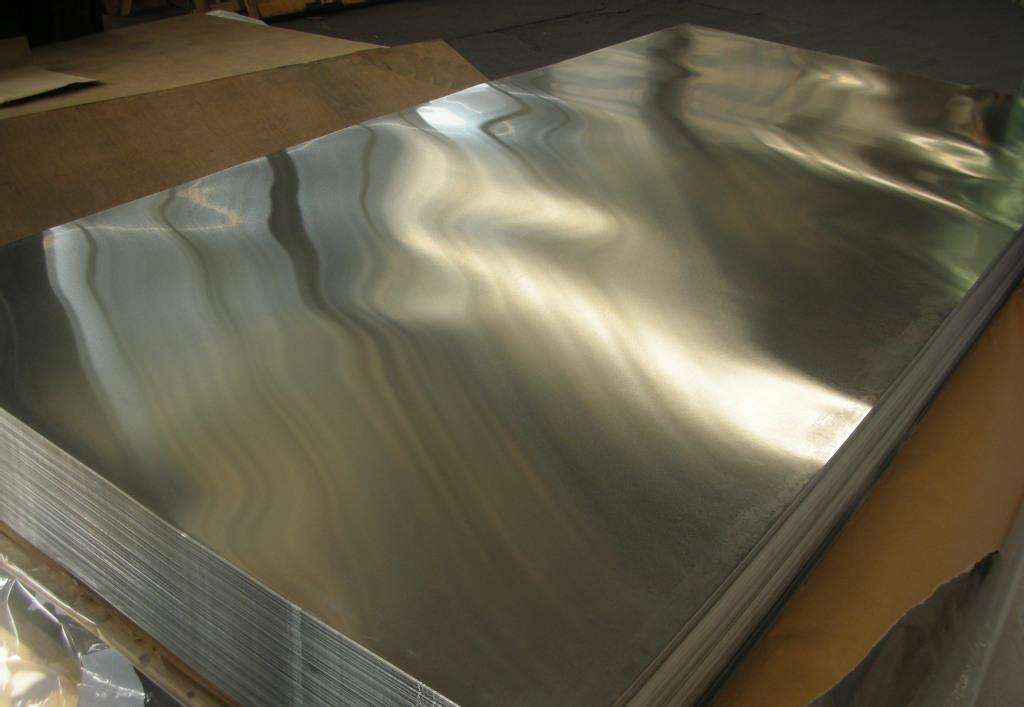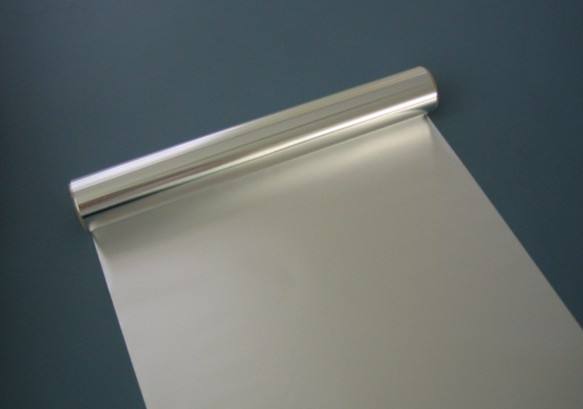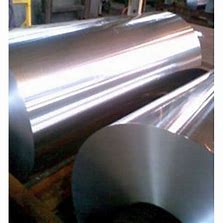



1. Main uses of copper:
Power industry
Copper not only has excellent electrical conductivity, but also has high strength, plasticity and resistance to creep and corrosion, using it as a conductor, not only to save electricity and safe and reliable. A large amount of copper is required for power transmission, mainly for wires and cables, busbars, transformers, switches, connectors and connectors. The "optimum cable cross-section" standard is currently being promoted around the world, taking into account the cost of primary installations and electrical energy consumption as two factors to achieve the best overall economic efficiency by appropriately enlarging the cable size. According to this standard, cable cross-sections often have to be more than doubled compared to the old standard, but long-term energy savings of around 30 per cent can be achieved. In addition, the use of high-efficiency transformers with copper as winding is an effective measure for energy saving.
Electric motors are a major energy consumer, accounting for more than half of the total electrical energy consumption in industrialised countries. Increasing the efficiency of motors can yield significant economic benefits. One of the keys to developing and applying high-efficiency motors, which are currently a hot topic around the world, is to make full use of the conductive properties of copper and to increase the amount of copper used appropriately in order to reduce the motor's own resistance energy consumption and achieve optimised benefits.
In recent years, with the improvement of people's living standards and the rapid development of office automation, new demands have been made on the design and capacity of circuits in residential and public buildings, and the capacity of electrical circuits (i.e. the cross-sectional area of copper wires for power supplies) needs to be increased urgently.
Electronics and communications industry
The use of copper in the electronics industry has now evolved from electrical vacuum devices and printed circuits, for example, to microelectronics and semiconductor integrated circuits. The lead frame in the integrated package circuit is both the lead and support skeleton, the material consumption is large, its cost accounts for about 1/3-1/4 of the total cost of the integrated circuit. copper alloy of high strength, good thermal conductivity, processing, brazing and excellent corrosion resistance, not only to meet the performance requirements, and low prices. It is currently the material with the largest amount of copper in microelectronic devices.
What is particularly remarkable is that the current semiconductor production has launched a "copper chip" revolution, in the silicon chip with copper instead of aluminium for wiring, the circuit line width can be reduced to 0.12 microns, the number of transistors on a single chip up to 2 million, in addition to increasing integration, but also to enable microprocessors to consume less energy and run faster.
The introduction of optical fibres has led to a revolution in the telecommunications industry. Although optical fibres have partially replaced copper cables, the growth of the Internet has increased the demand for copper in general. Copper is still the preferred conductor for end-user use; and copper and copper alloys are required for various local networks, computers and other hardware, especially for connections.
The recently developed xDSL (digital subscriber private line) technology allows data to be transmitted at high speeds over existing ordinary copper telephone lines. For users of the Internet, this means an increase in transmission speed from 60,000 bits per second to over 1.5 million bits per second.
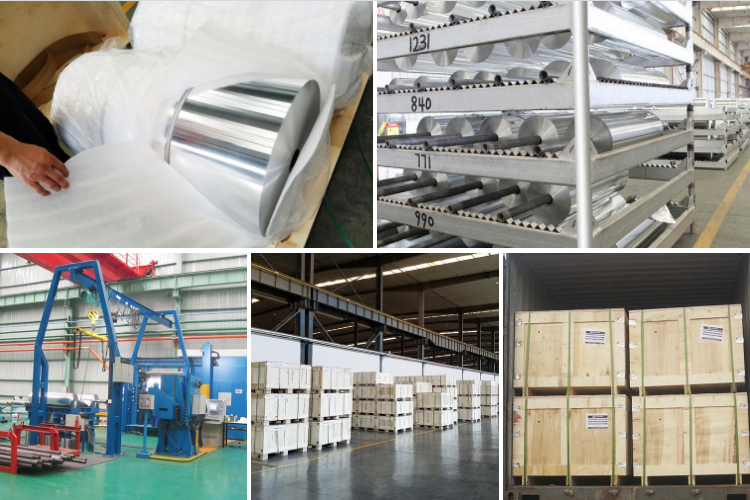
2. The main uses of aluminium:
Aluminium has been one of the world's most widely used metals for almost fifty years. In the construction industry, aluminium is widely used because of its stability in air and its excellent appearance after anodising; in the aerospace and defence sectors, aluminium alloys are used in large quantities; in the transmission of electricity, aluminium cables with high strength steel wire reinforcement are commonly used; in addition, aluminium and aluminium alloys are used in large quantities in the manufacture of cars, container transport, everyday goods, household appliances, machinery and equipment.

3. The main uses of zinc:
(i) Galvanising
Used as an anti-corrosion coating (such as galvanised sheet), it is widely used in the automotive, construction, marine, light industry and other industries, accounting for about 46% of zinc usage.
Zinc has excellent resistance to atmospheric corrosion, so zinc is mainly used as a surface coating for steel and steel structural parts. The oxidation of the surface of hot-dip galvanised alloys for electroplating results in the formation of a uniform and fine protective layer of alkaline zinc carbonate ZnCO3?3Zn(OH)2 oxide film, which also has the effect of preventing the growth of moulds. Due to its good resistance to atmospheric corrosion, in recent years western countries have also started to try to use it directly as a roofing material, using it as a roofing sheet can last up to 120-140 years and can be recycled, while the service life of galvanised iron sheets as a roofing material is generally 5-10 years.
(ii) Manufacture of copper alloy materials (e.g. brass)
Used in automobile manufacturing and machinery industry, about 15%.
Zinc has applicable mechanical properties. The strength and hardness of zinc itself is not high, after adding aluminum, copper and other alloying elements, its strength and hardness are greatly improved, especially the emergence of zinc-copper-titanium alloy, its comprehensive mechanical properties have approached or reached the level of aluminum alloy, brass, gray cast iron, its creep resistance has also been substantially improved. Therefore, zinc-copper-titanium alloys have been widely used in the production of small hardware.
(C) for casting zinc alloy
Mainly die castings, used in automotive, light industry and other industries, accounting for about 15%. Many zinc alloys have excellent processing properties, with a processing rate of up to 60%-80%. They have superior medium pressure properties, can be deep drawn, and are self-lubricating, extending the life of the mould, and can be brazed or resistance welded or arc welded (in helium), and the surface can be plated and painted, with good cutting and machining properties. It has superior superplastic properties under certain conditions.
In addition, zinc has good resistance to electromagnetic fields. The electrical conductivity of zinc is 29% of that of standard electrical copper. Zinc sheets are a very effective shielding material in cases of radio frequency interference, and because zinc is non-magnetic, it is suitable as a material for instrumentation parts and for instrumentation casings and coins.
(iv) Used in the manufacture of zinc oxide
It is widely used in rubber (21380,115,0.54%), paint, enamel, medicine, printing, fiber and other industries, accounting for about 11%.
(v) Used in the manufacture of dry batteries in the form of zinc cakes and plates, accounting for about 13%.
Zinc has suitable chemical properties. Zinc can interact with NH4CI to emit H+ positive ions. Zinc-manganese dioxide batteries use this characteristic of zinc, using zinc alloy as the shell of the battery, both as a container for the battery electrolyte, and to participate in the battery reaction constituting the anode of the battery. This property is also widely used in the pharmaceutical industry.
* Thank you for your inquiry. Please provide your business needs information so that we can better serve you.
This information can help us assign the most suitable person to solve your problem. We will give you feedback within 1-2 working days.
Related Blog
